The Zone of Influence: How Paratext Can Change Our Experience With Games
Guest writer tomcat explores how a game's paratext can be creatively used to enhance our affection for a game's developer or our experience of the game itself.
In the study of literature, we frequently talk about paratext. The paratext comprises all those aspects of a book which don't form part of the literary text itself, but are nonetheless there to be read. Examples include the cover, chapter headings, page numbers, author biographies, and so on. All of these are examples of so-called paratext. Whether they are designed by the writer or editor or publisher doesn't matter; if they form part of the physical book--but not the actual work itself--then they are paratextual.
Unsurprisingly, it's strikingly easy to transpose this notion of the paratext from novels onto video games. Like books, all video games have a paratext: the information that forms part of the product, but is not actually part of the gameworld. It's the stuff that surrounds the game. Examples of gaming paratext include publishers' logos flashing onscreen when you insert a disc, options menus, level titles, and the like. These things don't physically exist in the world of the game, but they form part of the object "the game" nonetheless.
Paratext in gaming is most commonly employed by publishers and developers to self-advertise. They embed their logos within their products, often in highly creative ways. An early example of a game company taking creative advantage of the paratextual space is the original Sonic the Hedgehog, which opens with what is arguably the most famous publisher ident of all time. You're probably familiar with the white screen over which a distorted Sega logo gradually increases in clarity, and the sound of a group of digitally re-created voices simultaneously chanting the company name. Apparently, this used up a staggering percentage of the cartridge's available memory.
Sega went one step further with Sonic 2 by adding the blue blur himself into the paratext: the Sega logo is swiftly revealed in the distortions that trail behind Sonic's zooming. This obviously required a great deal of effort and energy to animate--somebody at Sega was taking the paratext seriously. In many cases the gaming paratext may seem insignificant, but from a marketing and aesthetic perspective, putting time and energy into a game's paratext definitely pays off: almost every gamer in the world recognizes the famous Sega chant that precedes the original Sonic games.
***
It's my contention, however, that it's the current generation of games that have enjoyed the most fruitful experimentation with the paratextual. It took developers a while, but we are finally starting to see some amazingly creative handling of paratexts.
One of my favourite examples comes from Ubisoft's game Assassin's Creed: Revelations. Many people are familiar with the Ubisoft company logo that frequently pops onscreen at the start of their games; it's a kind of smooth, white, swirling movement accompanied by a pleasant electronic whooshing and pinging sound.
When it comes to Assassin's Creed: Revelations, however, some clever individual had the fantastic idea of manipulating the Ubisoft logo in such a manner as to make it sympathetic with the events of the game. Usually publisher/developer idents are entirely separate from the gameworld, neither visually nor sonically consistent with the art style of the game in question. Assassin's Creed: Revelations, however, is different.
In this game, the protagonist, Desmond, is comatose, trapped in the animus; something has gone very definitely wrong. A dead man is speaking to him, his ancestors' memories are all jumbled and out of whack, and Desmond himself has access to the deeper code structures of the programme. In a really cool reflection of this, the game opens not with the familiar Ubisoft logo, but with a deliberately glitched and distorted one.
Not only is this a fantastic paratextual representation of the game's aesthetic themes, but it's also a great aid to player immersion. The animus is glitched and spreading into Desmond's mind--accordingly, these problems are also spreading into the paratextual aspects of the game, even the designers' logo. They're breaching the usual boundaries of the gameworld. Spilling the visual ideas of the game into its own paratext really gives the opening a kick. It functions as a beautiful microcosm for Revelations' story: just as the memories of Ezio and Altair and Desmond are converging, slipping over one another and glitching together, so too is the game's aesthetic spilling over into its own paratext. Great stuff.
***
Another example of paratext in gaming is the seemingly ubiquitous HUD. Heads-up displays aren't part of the world of most games, per se. They're onscreen information presented for the benefit of the player, and most definitely not accessible to the characters. Kratos never looks at the corner of the screen and comments on how many red orbs he has collected; Ratchet never pauses to think about how many more aliens he needs to kill before his upgrade bar fills; Nathan Drake can't really see a white line predicting the curve through the air of the grenade he's about to throw. This stuff is on top of the game; it surrounds it, but it's not part of the environment. It's paratextual.
But recent years have seen several developers willing to toy with the idea of HUDs, usually with the goal of increasing player immersion. One of the better examples is found in Dead Space and its sequels.
In Dead Space, there isn't a HUD, as such; instead, all of the information you need is incorporated into Isaac Clarke's suit and gear. His remaining ammo is displayed on his weapon, his health bar is a line of lights traced up his spine, and his options menu is a hologram projected from his suit. In essence, the designers of Dead Space have done away with the HUD as a purely paratextual object and have incorporated it as a literal part of the gameworld.
Ostensibly, the developers did this to create a greater sense of empathy with the character. Unlike most games, in which the player has access to information that the characters don't have access to (health bars, options menus, level stats, etc.), the protagonist of Dead Space has access to everything the player has access to. It means that the player is reduced to the same level as the protagonist (or, if you prefer, the protagonist is elevated to the same level as the player) in terms of the information available. This gimmick is particularly successful in Dead Space, because it's a horror game, and no other genre is more dependent on the player feeling at one with the character than horror. If horror is to fulfill its mandate to shock, disturb, and terrify, then the reader/viewer/player needs to feel as close to the character as possible. If the HUD gets in the way of this, then what better solution is there than to incorporate the HUD into the physical world of the game?
***
Character inventories and the menus associated with them can also usually be considered part of a game's paratextual arrangement.
When Nathan Hale of the Resistance games wants to swap weapons, the character isn't supposed to see a digitized wheel of firearms at his disposal: that's merely a means by which the player can swiftly interact with the world of the game. In the gameworld, Nathan Hale supposedly just pulls whichever gun he needs out of wherever he was keeping it.
One of the best, most creative ways a developer has experimented with this aspect of paratext is in the Fallout series. As in Dead Space, the menu used by players to navigate their character's items, stats, and so on isn't something abstracted from the gameworld. It's something that's part of it. The Pip-Boy attached to the protagonist's wrist is a literal object in the game, consistent with its environment. When the player accesses menus, the character is, himself, simultaneously accessing the same menus. It's a small but infinitely satisfying addition, and especially important in a role-playing game because it contributes to a sense of oneness and shared experience with the character.
A similar idea was used by Bethesda in the earlier game The Elder Scrolls IV: Oblivion, in which the character keeps all of his information recorded in a book, which is then accessible to the player.
Unfortunately, Bethesda decided not to carry this over into Skyrim, and instead opted for a different style of menu and inventory. I'm not saying that the menu system in Skyrim is flawed in a practical way: it's very sharp and easily navigable. But how does the character experience this sequence of lists? There's an experiential gap between the player and the character, and it's created by the abstract menu.
***
The stuff that surrounds a gameworld, but isn't part of it, can be manipulated in very successful ways. Whether it enhances the identity of a game's publisher or developer (as we've seen with Sonic the Hedgehog), whether it echoes the design of the game itself (as we've seen with Assassin's Creed: Revelations), or whether it contributes to a sense of empathy with a character's experience, paratext is something that shouldn't be ignored.
I'd love to see more developers playing with it.
And I'd love to hear your own examples of times when the paratext of a game has surprised you.
← Check here for more GameSpotting.
Got a news tip or want to contact us directly? Email news@gamespot.com
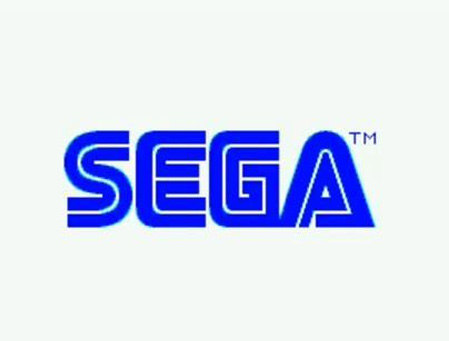
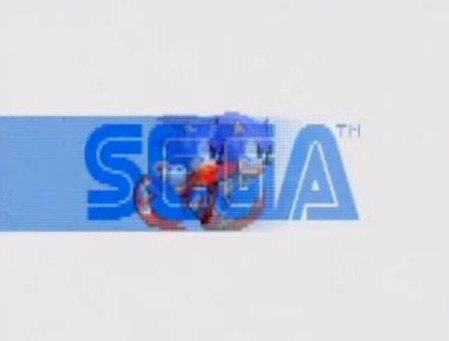
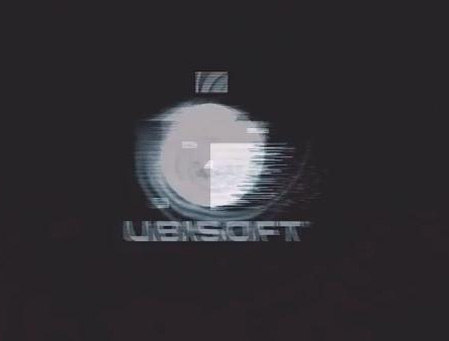
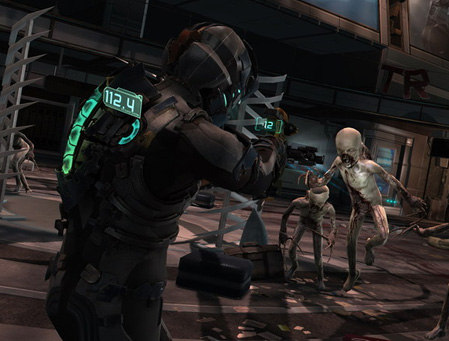
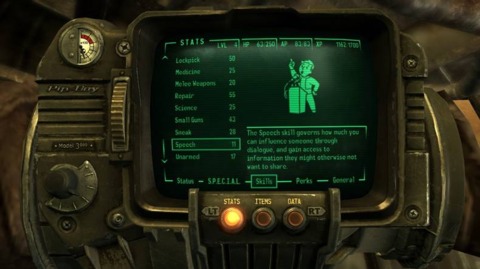
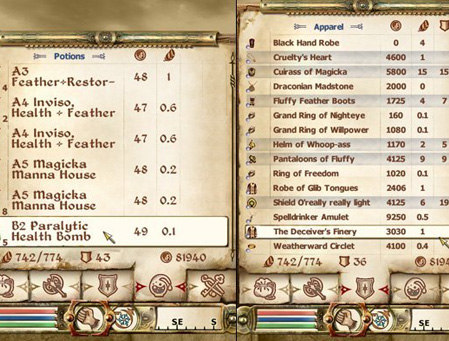
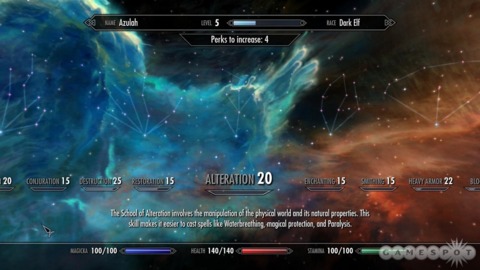

Join the conversation